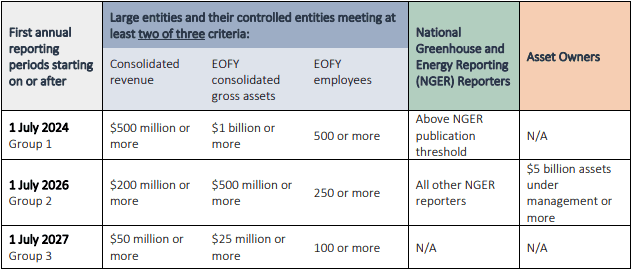IT IS not every day you ring someone in the beef industry and tell them they are about to incur a new million-dollar administrative cost they know nothing about.
But that has been my experience this week as I have been calling agribusiness owners along the beef supply chain who meet the thresholds of the Government’s new mandatory emissions-reporting laws. Six cattle producers were called, they all met the criteria, or had plans to grow that big in the coming years but had never heard of it.
Emissions reporting is no longer an idea, it is now a law that was waved through last year by Labor, the Greens and ‘Teal’ independents who made little effort to consult with an industry that was going to bear the brunt of its new administrative burden.
While little has been spoken about the laws within the industry, the Red Meat Advisory Council made a submission to Treasury raising concerns about producers who were indirectly impacted by the laws – as the ‘Scope 3’ requirement for processors and supply chains who fit criteria is likely to mean producers are submitting their carbon footprint when they sell their cattle.
But as lotfeeder Barb Madden from Smithfield Cattle Co recently highlighted, the laws will go beyond the indirect impact of Scope 3 reporting and directly impact businesses like Smithfield.
Inquiries this week have found the legislation is likely to extend to businesses a lot smaller than Smithfield, whether or not they are making a profit.
Federal Treasury is claiming that only 1800 businesses across the entire Australian economy (not just agriculture) will be directly covered by the laws – a claim one Beef Central reader said was dubious at best. The Agriculture department doubled down on that claim in the last month, but could not give any estimate of how many farm businesses it covered.
Modelling from the treasury has estimated the inital cost will be $1m to $1.3m, then ongoing costs of $500,000 to $700,000.
The laws are set to be phased in over the next three years and by 2027 they will cover companies who meet two of three criteria: Having a consolidated revenue (turnover) of $50m or more; assets of $25m or more; and 100 employees or more.
Feedlots and traders the most likely to be impacted
Feedlots, large backgrounders and other traders turning over lots of cattle are the most likely to hit the three criteria. The $25m asset value does not account for debt and the $50m turnover does not account for profit.
Some examples of producers who are hovering around the base of the threshold include:
- Bill Speed who has several properties in North and Central Queensland, a 5000 head feedlot and 3000 head on feed in custom feeding arrangements with other feedlots
- John Rogers who has 10 properties across Queensland, between the Winton and Taroom areas and a 5000 head feedlot
- A southern grassfed trader who asked not to be named, who turns over 25,000-30,000 predominantly Angus and some Wagyu cattle.
Rough calculations suggest an 8000 head feedlot, turning over 100-day cattle, would be hitting roughly $50m turnover depending on the market. It is also likely to be worth more than $25m, depending on its land holding.
While it is unknown exactly how many feedlot businesses are this big, as a reference, Beef Central’s Top 25 Lotfeeders list in 2023 covered 43 separate feedyards, the smallest of which was 16,000 head. Beef Central estimates at least 60 Australian feedlots would be larger than 8000 head.
Growth is another factor as there is clearly growing investment into feedlots and more intensive trading businesses – with Australia’s cattle on feed survey breaking records last year with 1.45 million.
Another cattle producer told Beef Central his business did not meet the threshold now, but he had a feedlot under construction and he would likely meet it by 2027.
Service industries also impacted
Beef Central also inquired with other service industries to see if they would hit the reporting thresholds.
Outside Elders and Nutrien, medium sized rural merchandisers come into the fold as they are businesses with high turnover and have a large staff.
A large transport company said it hit the asset value and employee thresholds, however, it was only the big players that fell into the category.


